Fertiliser
With fertiliser prices still relatively high, it could be easy to forget about applying nitrogen. For farmers who haven’t spread any nitrogen yet, use the next dry spell to get it out.
Fertiliser has been slow to move, with some farmers having none purchased yet. This could impact grass supply later on, when heavy covers are grazed if nitrogen is not spread.
On an average stocked beef farm at 140kg organic N/Ha, the recommendation is to have 27 units N/acre spread in March to meet grass demand, with another 20 units/acre spread in April. Regardless of price, the advice on fertiliser requirements doesn’t change. April and May are two of the best grass growing months in the year.
Urea offers the best value in N fertiliser at the moment, but needs damp cold conditions for it to work at maximum efficiency. March generally brings lots of these conditions. Some farmers will argue that urea doesn’t work well on their farm, but research doesn’t support this.
For urea to work, soil pH, phosphorus or potassium status should be at Index 3. Any fertiliser spreading isn’t going to be efficient if soil fertility isn’t right. At current prices the cost per kg/N (March 2023) is:
CAN: €570/tonne for 270kg N = €2.11/kg N.Urea: €640/tonne for 460kg N = €1.39/kg N.Target the most efficient land with the first ap.=plication of fertiliser i.e. recently reseeded swards, high ryegrass swards, fields that are high in pH, P and K. Research has shown that soil temperature needs to be above 6°C before spreading and soil temperatures are running at 6-9°C this week across the country.
Correcting pH through the application of lime will help release some soil nitrogen and also increase the efficiency of any fertiliser that is spread in the next few months.
As soon as ground conditions allow, fertiliser should be one of the first jobs on the list. Silage fertiliser should also be planned for the first week of April. Target 80-100 units of N, 16 units of P and 100 units of K on silage fields.
All of the P and K requirements can be made up through the application of 3,000 gallons/acre of slurry.
Calving pens and creep areas
With weather taking a turn for the worse at the end of last week, turnout has been halted on many farms. This has added pressure to work in the yard and housing space is back at a premium on many suckler farms.
Don’t limit straw usage in calving pens. Make sure young calves have a clean dry bed to lie on for the first few days. Try and clean out calving pens on a regular basis.
Disease will build up in calving pens as calving progresses, and this is when problems will arise. If a scour outbreak does occur, a good option is to try and move away from the shed that is being used for calving.
This will help protect new calves from the disease. This won’t be an option on many farms and if weather conditions are favourable, outdoors is the best option for new born calves. Plenty of fluids are very important for the scouring calf.
Using oral antibiotics is questionable in many cases. The use of calf jackets for sick, weak calves seems to work well on some farms and can speed up the recovery process.
Fertiliser
With fertiliser prices still relatively high, it could be easy to forget about applying nitrogen. For farmers who haven’t spread any nitrogen yet, use the next dry spell to get it out.
Fertiliser has been slow to move, with some farmers having none purchased yet. This could impact grass supply later on, when heavy covers are grazed if nitrogen is not spread.
On an average stocked beef farm at 140kg organic N/Ha, the recommendation is to have 27 units N/acre spread in March to meet grass demand, with another 20 units/acre spread in April. Regardless of price, the advice on fertiliser requirements doesn’t change. April and May are two of the best grass growing months in the year.
Urea offers the best value in N fertiliser at the moment, but needs damp cold conditions for it to work at maximum efficiency. March generally brings lots of these conditions. Some farmers will argue that urea doesn’t work well on their farm, but research doesn’t support this.
For urea to work, soil pH, phosphorus or potassium status should be at Index 3. Any fertiliser spreading isn’t going to be efficient if soil fertility isn’t right. At current prices the cost per kg/N (March 2023) is:
CAN: €570/tonne for 270kg N = €2.11/kg N.Urea: €640/tonne for 460kg N = €1.39/kg N.Target the most efficient land with the first ap.=plication of fertiliser i.e. recently reseeded swards, high ryegrass swards, fields that are high in pH, P and K. Research has shown that soil temperature needs to be above 6°C before spreading and soil temperatures are running at 6-9°C this week across the country.
Correcting pH through the application of lime will help release some soil nitrogen and also increase the efficiency of any fertiliser that is spread in the next few months.
As soon as ground conditions allow, fertiliser should be one of the first jobs on the list. Silage fertiliser should also be planned for the first week of April. Target 80-100 units of N, 16 units of P and 100 units of K on silage fields.
All of the P and K requirements can be made up through the application of 3,000 gallons/acre of slurry.
Calving pens and creep areas
With weather taking a turn for the worse at the end of last week, turnout has been halted on many farms. This has added pressure to work in the yard and housing space is back at a premium on many suckler farms.
Don’t limit straw usage in calving pens. Make sure young calves have a clean dry bed to lie on for the first few days. Try and clean out calving pens on a regular basis.
Disease will build up in calving pens as calving progresses, and this is when problems will arise. If a scour outbreak does occur, a good option is to try and move away from the shed that is being used for calving.
This will help protect new calves from the disease. This won’t be an option on many farms and if weather conditions are favourable, outdoors is the best option for new born calves. Plenty of fluids are very important for the scouring calf.
Using oral antibiotics is questionable in many cases. The use of calf jackets for sick, weak calves seems to work well on some farms and can speed up the recovery process.




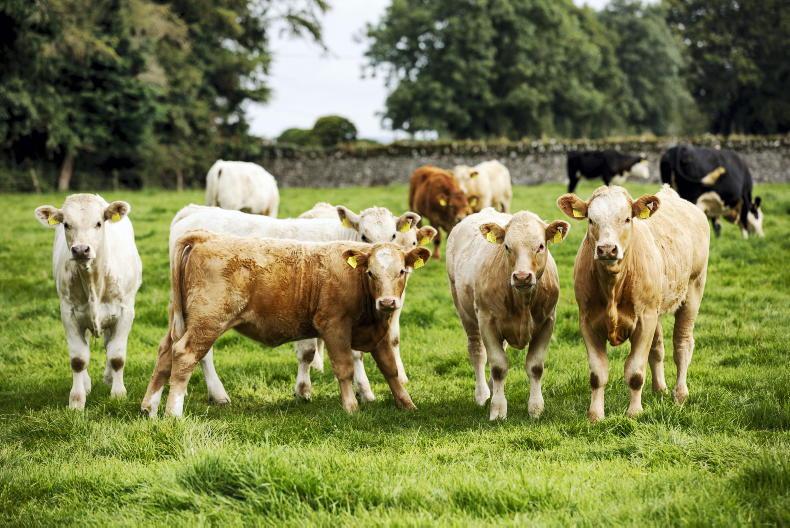
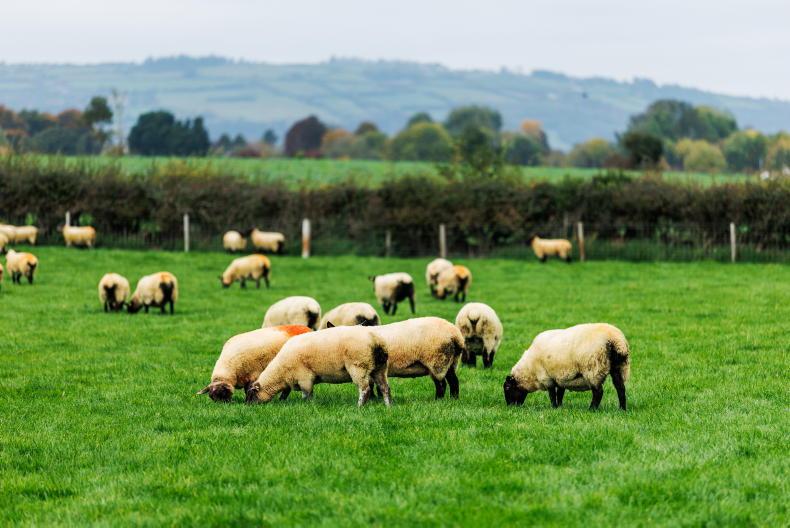
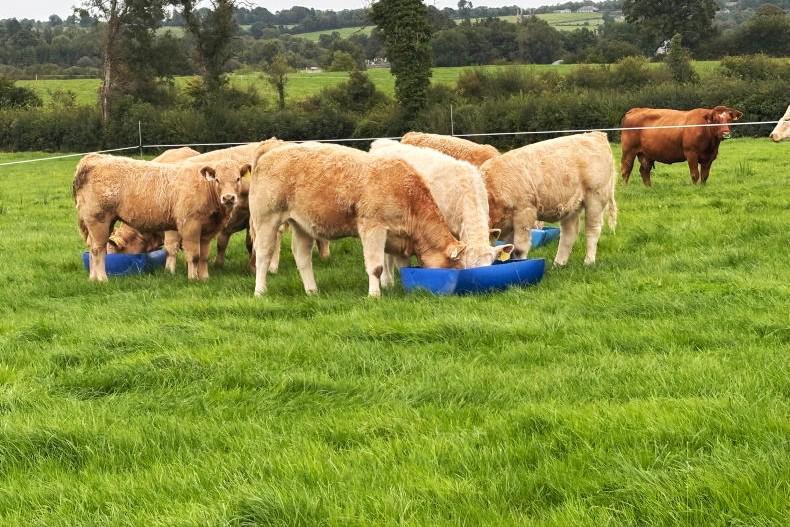
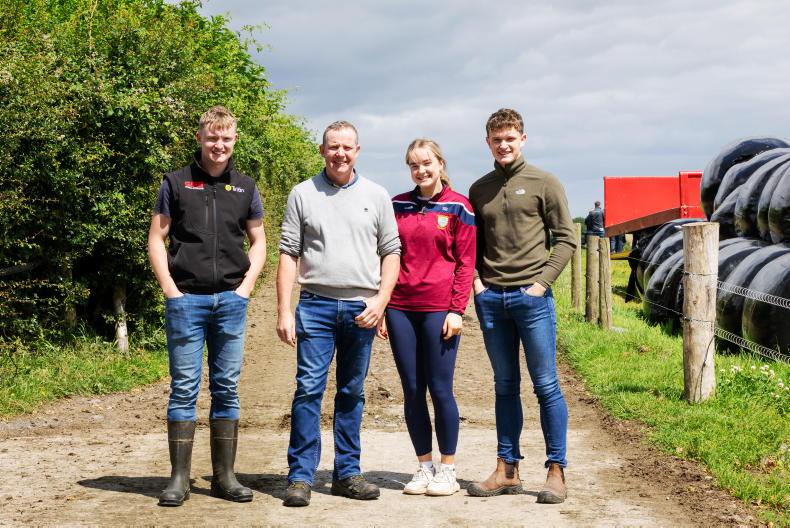
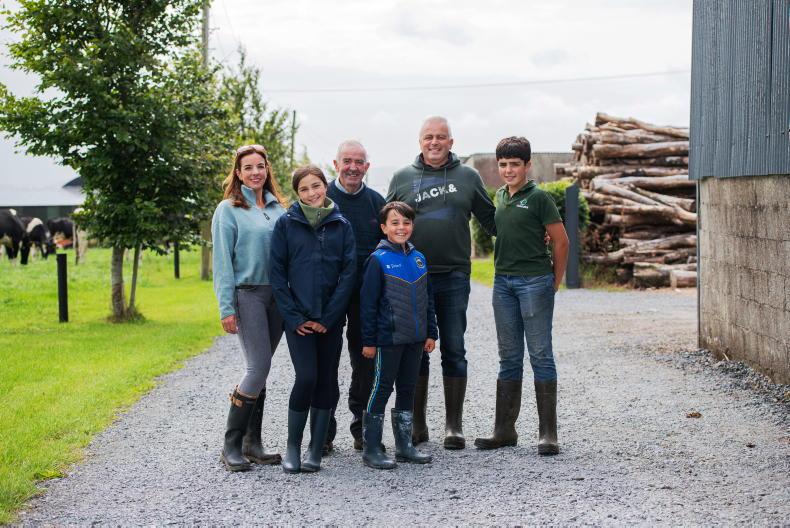
SHARING OPTIONS